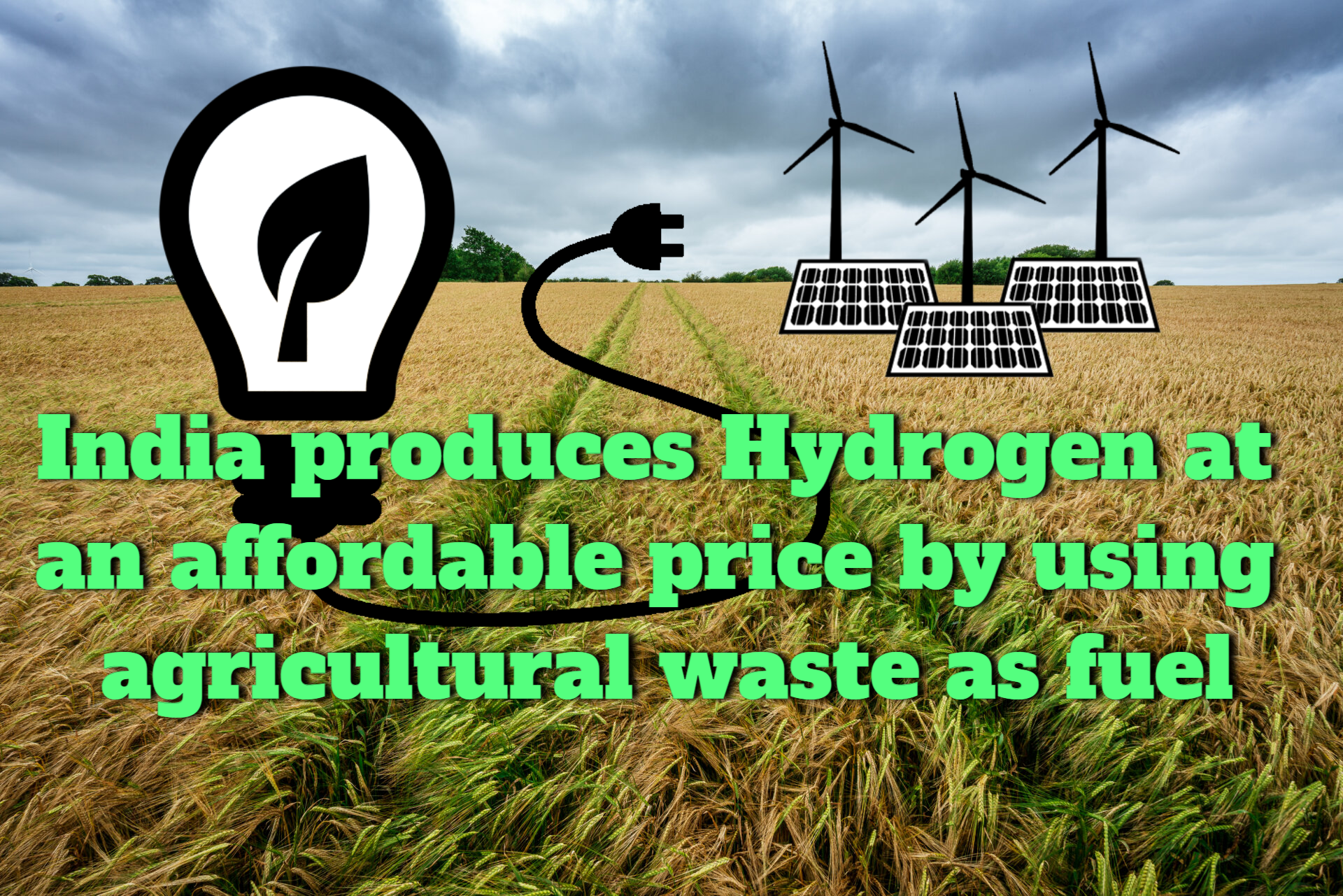India has set a goal of producing Hydrogen from natural resources in order to safeguard the country’s supply of energy. Using agricultural waste as feedstock, scientists have devised a mechanism for producing Hydrogen. When compared to the traditional anaerobic digestion process, this new method is 25% more efficient. Aside from producing organic manure, it would aid in the disposal of agricultural waste. The first stage of the process generates Hydrogen, and the second stage generates Methane.
Additional Hydrogen can be created from the process’s methane. However, the industrial model will be ready soon after the technology has been established at the lab scale to extract Hydrogen from agricultural waste.
Key Highlight:
- India has set a goal of producing Hydrogen from natural resources in order to safeguard the country’s supply of energy.
- Using agricultural waste as feedstock, scientists have devised a mechanism for producinghydrogen.
- When compared to the traditional anaerobic digestion process, this new method is 25% more efficient.
- Aside from producing organic manure, it would aid in the disposal of agricultural waste.
- The industrial model will be ready soon after the technology has been established at the lab scale to extracthydrogen from Agricultural waste.
Instead of producing Hydrogen from natural resources, the Indian Science and Technology Ministry (DST) has devised a technology that may make it from agricultural waste, which would help the country achieve energy security.
To manufacture future fuel Hydrogen, the agricultural waste-to-fuel method would eliminate a key concern in North India: agriculture waste management. Aside from that, it will provide farmers with additional revenue by paying them for agricultural waste that they would otherwise burn and pollute the air.
Aside from producing Hydrogen, DST says it would aid in the disposal of agricultural waste and yield organic manure as a by-product. Senior DST personnel believe the new technology is 25% more efficient than the traditional anaerobic digestion procedure.
Since no preprocessing of biomass is required with the two-stage method, it’s cost-effective and kind to the environment. Agharkar Research Institute (ARI) Director Dr. Prashant Dhakephalkar remarked, “This procedure provides a digestate that is rich in nutrients and may be used as an organic fertilizer.
Hydrogen fuel generation uses a specially created microbial consortium to assist the biodegradation of cellulose- and hemicellulose-rich agricultural leftovers, such as biomass from paddy, wheat, or maize, without thermo-chemical or enzymatic preparation. In the first stage, Hydrogen is produced, while Methane is made in the second stage. According to the Ministry, the methane produced during the process can also be used to generate additional Hydrogen.
The ARI, an independent institute under the Department of Science and Technology (DST), has already applied for an Indian patent to protect the intellectual property rights (IPR) developed in conjunction with the KPIT-Sentient Labs. Although the technique to extract Hydrogen from agricultural waste has been established at a lab-scale, the industrial model will be available shortly.
Once this technology is ready for industrial usage, agricultural waste will be used as a source of hydrogen generation because of the difficulty in disposing of it. The DST said that this would help with both energy generation and garbage disposal at the same time even further.
By creating Hydrogen from the agricultural waste residue, we can become less dependent on foreign oil.” The farmer community will see a significant increase in revenue as a result of this project, according to KPIT-Sentient Labs Chairman Ravi Pandit.





[…] Using agricultural waste as fuel, India produces Hydrogen at an economical… […]